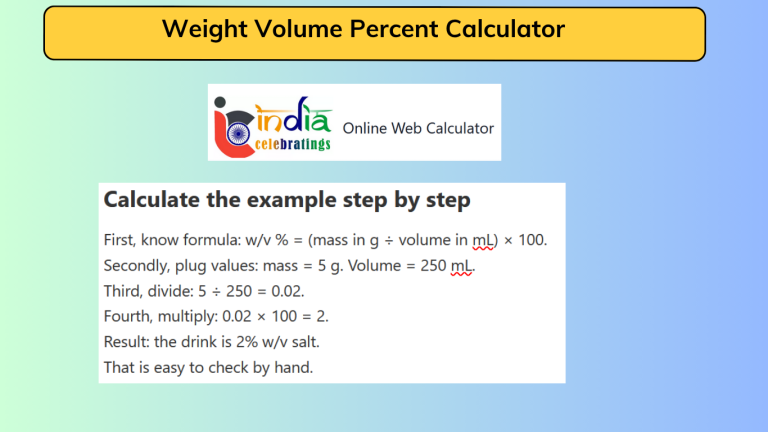Shock Spring Weight Calculator
What is Shock Spring Weight Calculator? A shock spring weight calculator is exactly that—it guides you through finding the right spring rate…
What is Shock Spring Weight Calculator?
A shock spring weight calculator is exactly that—it guides you through finding the right spring rate based on the weight it must carry and the distance it moves.
In simple terms, you input how much weight the spring will hold and how far it needs to travel, and the calculator gives you the number you need (the spring rate). This tool is essential when building or tuning a suspension system so you can ride smoother, drive safer, and tune smarter.
Why & When to calculate spring rate for shock?
An engineer is teaching a learner in the workshop and says: You have a car rear shock and you know the car’s corner weight (that portion of the car that one shock supports).
Suppose this shock needs to move 100 mm under load. The engineer wants to choose a spring that works well, not too soft and not too stiff. So you calculate the spring rate.
For example: the corner weight is 400 kg, the shock stroke is 100 mm — you plug in those values to estimate the spring rate. Then you use the calculator to verify.
This real-life case shows exactly when you need to determine spring rate: when you change ride height, upgrade load, or replace a spring.
Calculation of the Example Step-by-Step
Let’s compute our example:
- Know the formula – Spring rate (k) = Force (F) ÷ Distance (x). This is derived from the basic spring equation.
- Convert values into consistent units – The weight is 400 kg. Multiply by gravity (≈9.81 m/s²) to get force in newtons: F = 400 × 9.81 = 3924 N. The travel x = 100 mm = 0.1 m.
- Plug into formula – k = 3924 N ÷ 0.1 m = 39,240 N/m.
- Interpret the result – A spring rate of around 39,240 N/m means the spring resists about 39,240 newtons for each meter of compression. So for 0.1 m travel it undergoes ~3,924 N force, matching the load.
- Check practical units – Often in suspension you might need rate in N/mm or lb/in. 39,240 N/m equals ~39.24 N/mm, or converting to lb/in you’d find the equivalent.
- Conclusion – The engineer sees that a spring rate around 39 N/mm is appropriate for this shock setup under the given load and stroke.
Tip:
You can scribble force divided by travel to get a basic spring rate—simple and manual. Yet using the calculator is important because it handles unit conversions, angles, motion-ratio effects, and gives you faster, more accurate results.

